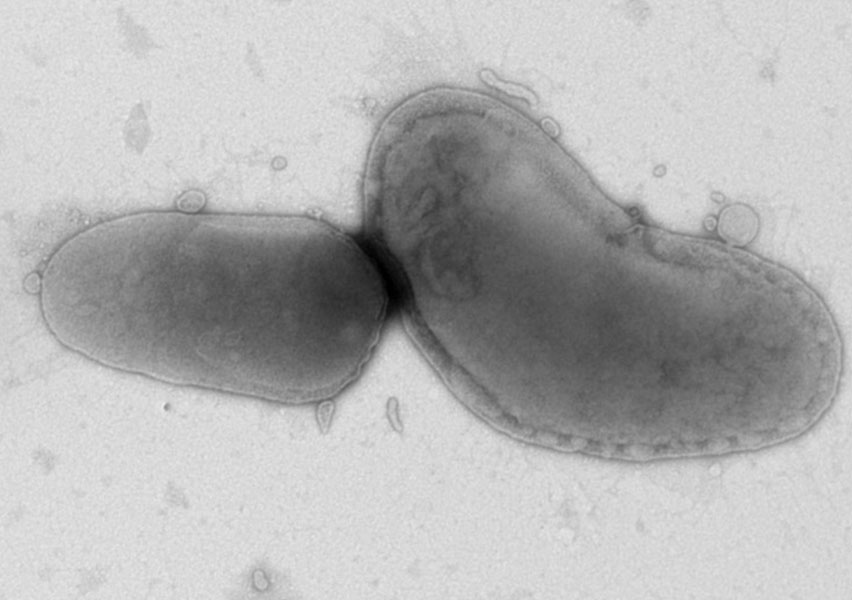Bartonella
The Bartonella genus includes Gram-negative, facultative intracellular bacteria that primarily infect red blood cells and endothelial cells in both humans and animals. These bacteria are responsible for a range of diseases, including cat scratch disease, trench fever, and bacillary angiomatosis. The most clinically relevant species are Bartonella henselae and Bartonella quintana, although other species also have medical importance.
Bartonella species are small, pleomorphic bacilli that require enriched media for cultivation. They can persist in the host for extended periods by evading the immune response. Transmission typically occurs via arthropod vectors such as fleas, ticks, or lice.
Key pathogenic species include:
- B. henselae, the primary cause of cat scratch disease and bacillary angiomatosis.
- B. quintana, responsible for trench fever and also associated with endocarditis.
- B. bacilliformis, the causative agent of Carrion’s disease (Oroya fever and Peruvian wart).
- B. elizabethae and B. clarridgeiae, occasionally linked to endocarditis or febrile syndromes.
Clinical Features
Clinical manifestations of Bartonella infections vary depending on the species involved and the host's immune status.
- Cat scratch disease: typically presents with localized, painful lymphadenopathy, mild fever, fatigue, and sometimes a skin lesion at the site of inoculation.
- Bacillary angiomatosis: more common in immunocompromised individuals, presents with vascular proliferative lesions on the skin and internal organs.
- Trench fever: characterized by recurring fever episodes, severe headache, and bone pain.
- Endocarditis: mainly associated with B. quintana, presenting with prolonged fever and systemic symptoms. Diagnosis is challenging due to frequent negative blood cultures.
Diagnosis
Diagnosis of Bartonella infections is often difficult due to their chronic nature and nonspecific symptoms. Main diagnostic tools include:
- Serology to detect specific antibodies.
- PCR for detecting bacterial DNA in clinical specimens.
- Tissue biopsy and culture, especially useful in cases of persistent lymphadenopathy or skin lesions.
Bartonella should be considered in patients with fever of unknown origin, unexplained lymphadenopathy, or culture-negative endocarditis.
Treatment
Treatment depends on the severity of the infection and the patient’s immune status:
- Cat scratch disease is usually self-limiting but may require azithromycin or doxycycline in complicated cases.
- Bacillary angiomatosis is typically treated with doxycycline and rifampin.
- Endocarditis requires prolonged intravenous antibiotic therapy, often with ceftriaxone and doxycycline.
- Trench fever generally responds well to doxycycline or erythromycin.

